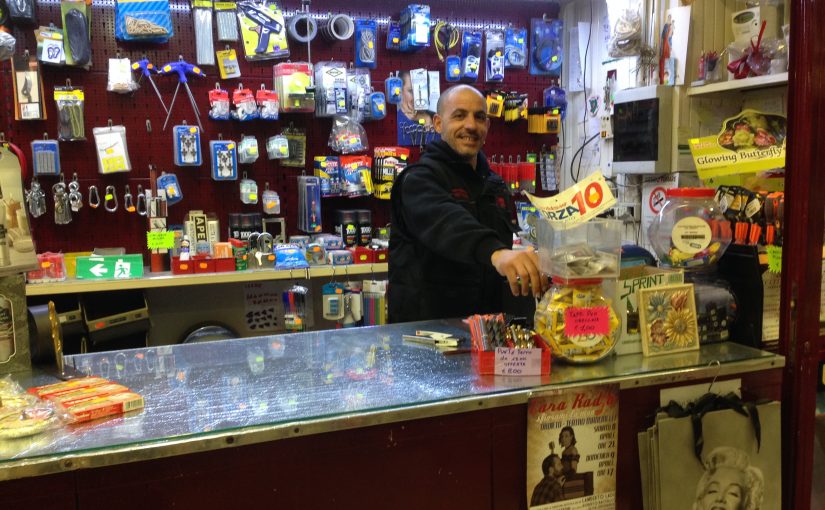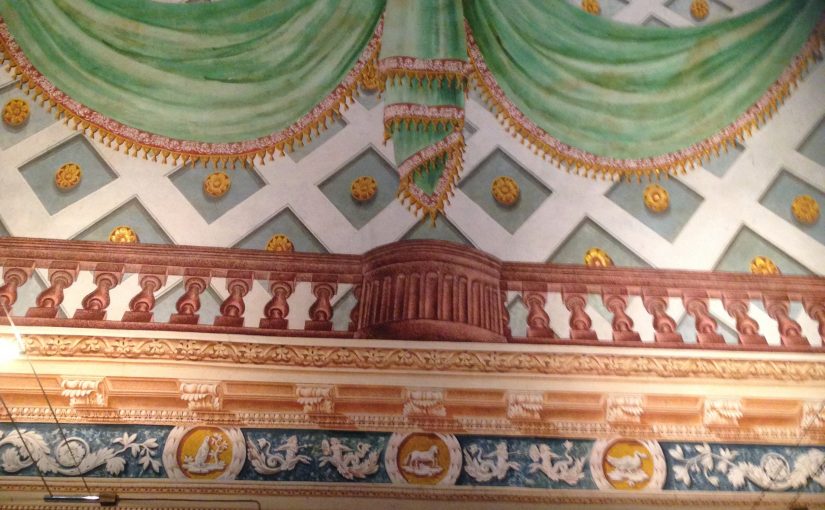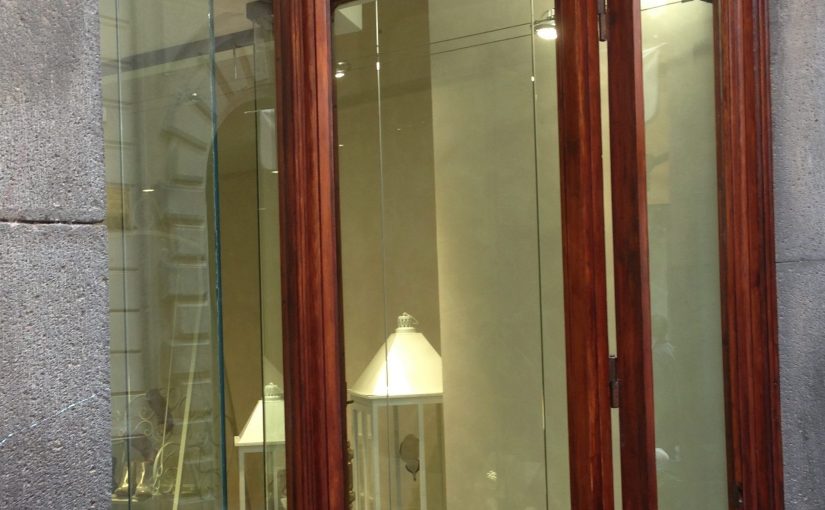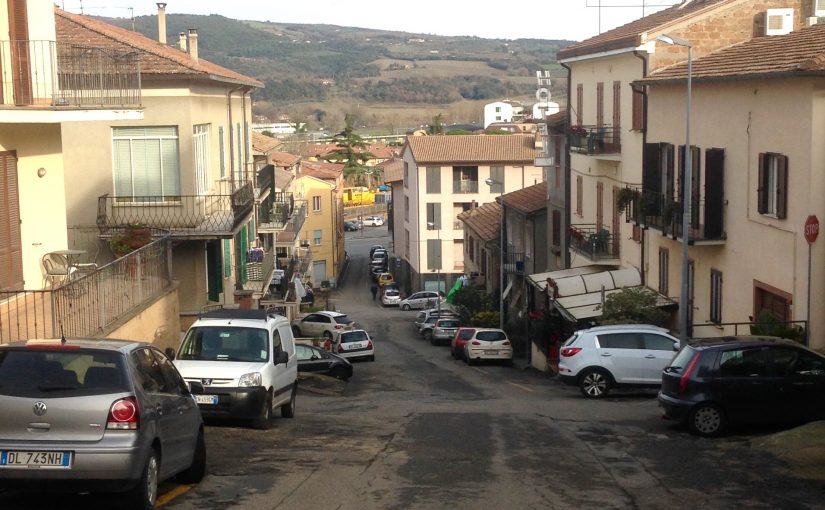I had an appointment with my dentist, Giuseppe, this afternoon. He needed to try the new crown he’s been working on, see how it fits so adjustments could be made before the grand installation next week. I adore Giuseppe, it always surprises me how much. We communicate, even though we barely speak. Today, without my verbally requesting it, communication resulted in his uncovering his mouth while he spoke. Taking down his hygienic mask turned out to be enormously helpful, a major breakthrough.
Giuseppe apologized for his English; “I’m studying French and it makes my mouth go in all the wrong directions.” I apologized for my Italian; “Your English suffers from your study of French, my Italian just suffers, no study necessary.” He smiled, understood it was a joke but I’m not sure the point and fabric of it actually landed.
When the day’s work was almost done, his little boy and wife came in. His wife speaks beautiful English, but after we exchanged a few words, she allowed my attempts at Italian to prevail. His boy and I demonstrated much the same relationship I have with Giuseppe. We smiled a lot, and tried to communicate in ways not available to us.
At one point earlier I did manage to tell Giuseppe that as he may have an Orvieto accent, I may have difficulty understanding him. He asked if I meant his English or Italian. I told him both. He laughed suddenly and grinned for a long time after. Interestingly enough, almost everything he said from then on was readily comprehensible to me. After Lisa, his wife, and I spoke for a few minutes, Giuseppe told her about our exchange, and I understood every word of that, too.
When I arrived home, my neighbor Marianna was on her balcony with her black Labrador puppy, Polgo. Polgo is, to me, the canine equivalent of Giuseppe; I adore him but rarely see him on the street. I yearn to scratch Polgo on the head and snout, tussle his ears, chuck him beneath the chin. He wags and wiggles and sticks his nose through the railings, and although I can be at his level while standing on my stairs, there is no way I can scratch his head from two meters away. So, today, I pulled out a little chair that resides under the balcony, stood on it, and stretching to my fullest ability, was able to touch his nose. He licked, I patted – it was something.
I made a purchase at the ferramenta day before yesterday. I was in a dazed frame of mind all afternoon, I don’t know why. Raffaele added up my tally on a piece of paper. Most shop keepers do that, not because they don’t have a cash register or aren’t going to issue a receipt, but so they can do what Raffaele did next. “Forty!” he exclaimed as he discarded the scrap that had figures adding up to forty-five. I thanked him and, as he had delivered everything already except the four screws held in my hand, I joked that the screws must be gold. No, he said earnestly, the screws are free.
His wife walked in with their new baby boy, in carriage. I said hello to her but neglected the baby, bid my farewells and scurried out. Raffaele was cheerful and gracious as ever, but he also seemed a bit disappointed. I like that family too much to let it stand, so today I went back for a couple of small items. I was able to thank Raffaele again for his advice, the delivery, and the discount, and huzzah! his wife and il bimbo nuovo were there, too. Reparations were made with joy and celebration.
Another source of huge, inexplicable affection are the people who work at the supermercato, Metà. I adore everyone there. I adore the energy they create, the camaraderie between them. I yearn to be able to joke with them the way they do with each other and with their friends. As it is, I’m lucky if I can comprehensibly ask where the ginger is hiding out.
But something occurred to me a few days ago when I went for provisions: when I focus on the friendship I wish we could have, I miss the one we have. The one we have is heart to heart, needs no particular language, clowning around, or cultural gestures to function. When a couple of the guys go past in their red Ape on a delivery, they honk and wave. My heart explodes, and – as honks are not available to me – I content myself with a wave.
And that last, I hope you know, is a metaphor for the tenor of life in this, my adopted town.



